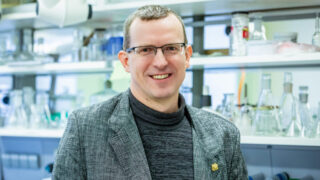Members

Head of the research team
Publications
Projects
Recognitions
Researcher-Professor of Estonian Academy of Sciences
Faculty member of Tallinn University of Technology of year 2020
Estonian National Competition for the Popularization of Science Award in the category “Best Popularizer of Science and Technology”